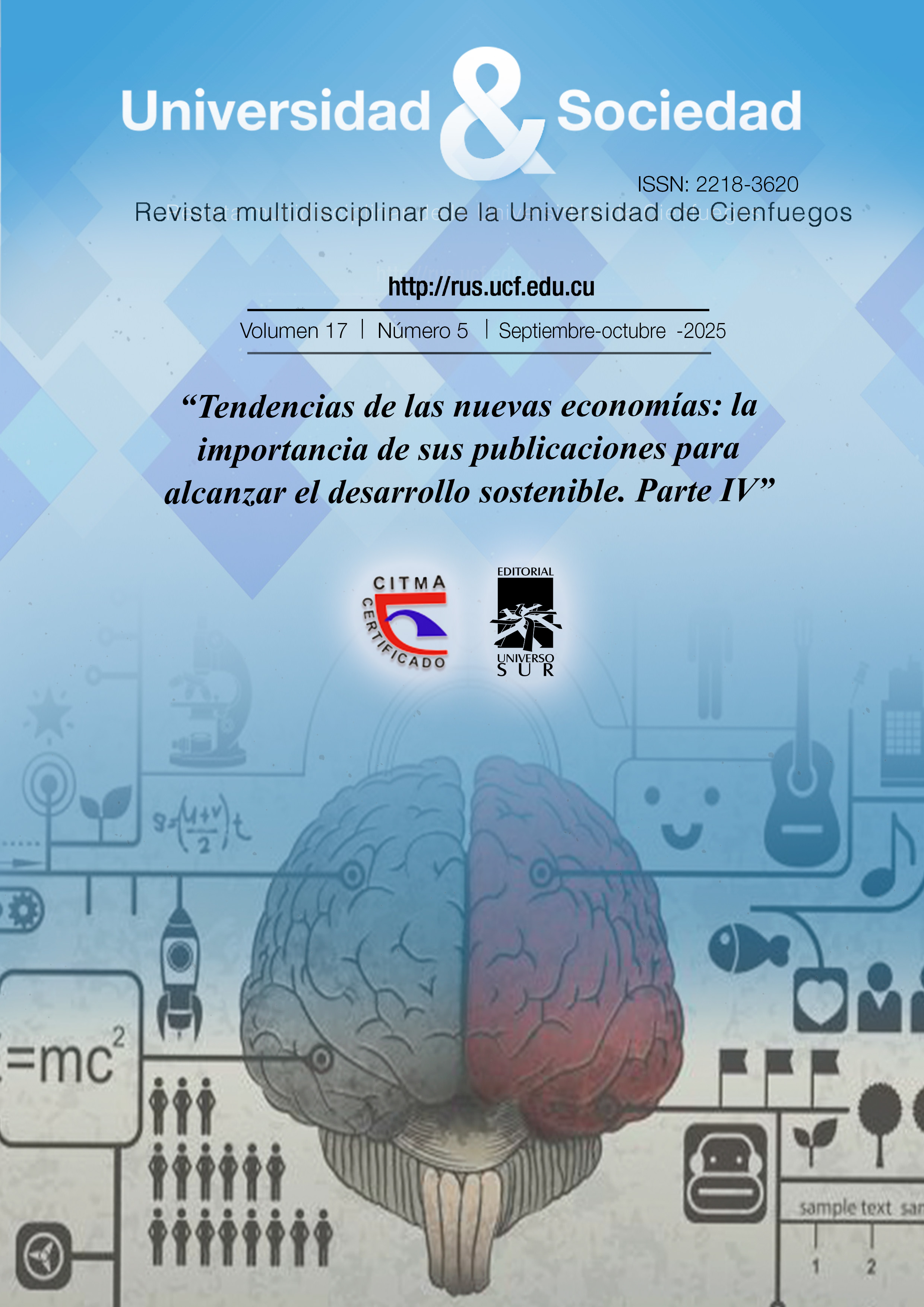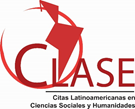Methods of modeling the flow of visitors at public events
Keywords:
Pedestrian flow, mass event, mathematical model, queuing systemAbstract
This study aims to improve the visitor experience at large-scale mass events. The risks associated with emergencies at mass events can be significantly reduced with information-driven access control systems. In this context, a pressing research objective is to develop a mathematical model of visitor flow movement at the event area entrances and exits. The model for the passage of arriving visitors through the turnstiles is a multi-channel queuing system with unlimited queues. In this case, the flow of requests is not constant. A queuing system with varying inflow intensity can be modeled by approximating the inflow intensity using continuous piecewise functions. The paper describes numerical and numerical-analytical solution methods for the problem of finding state probabilities. The pedestrian movement model as they leave the event venue can be described by a multi-channel queuing system. The request flow and service time are distributed according to Erlang's law. The stationary probabilities of the system states are found by Markovization using the pseudo-state method. The authors present an algorithm for finding the stationary probabilities of the system using recurrent relationships and a method for calculating service organization quality characteristics for participants leaving the event area. The conclusions can be applied to the automated regulation of visitor flows using digital information panels.
Downloads
Published
How to Cite
Issue
Section
License
Copyright (c) 2025 Editorial "Universo Sur"

This work is licensed under a Creative Commons Attribution-NonCommercial-NoDerivatives 4.0 International License.
La editorial "Universo Sur", de la Universidad de Cienfuegos, publica el contenido de la Revista "Universidad y Sociedad" bajo una Licencia Creative Commons Atribución-NoComercial-SinDerivar 4.0 Internacional.
© Podrá reproducirse, de forma parcial o total, el contenido de esta publicación, siempre que se haga de forma literal y se mencione la fuente.










